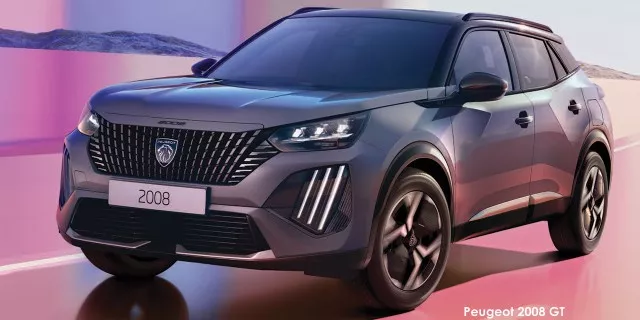
The size of a car’s engine will always be the main determinant of performance, but how that power is distributed to the wheels can often be just as important.
Front-wheel drive (FWD) and rear-wheel drive (RWD) present a choice of two different asymmetrical power distributions, each with its own pros and cons.
Below are the main arguments in favour of front-wheel and rear-wheel drive.
Front-wheel-drive
Rear-wheel drive was the industry standard for most of the 20th century, however front-wheel drive vehicles, predominantly from French manufacturers like Renault and Peugeot, began to take off in the 1980s, and have since become the standard for most entry-level vehicles.
A big part of front-wheel drive’s success is that it is cheaper to design and implement than other drive systems.
This is because it’s easier and more efficient to connect the engine to the driveshaft when the powertrain itself is much closer to the wheels.
The vast majority of vehicles have their drivetrains mounted at the front, with rear-mounted engines being more commonly found on supercars such as the Porsche 911; so, front-engine, FWD cars have become the standard for affordable mass-market vehicles.
This also comes with a host of other benefits, such as the fact that FWD cars are generally more compact as a result of having the engine, transmission, and driveline all located inside the engine compartment.
Consequently, you’ll find that FWD is common to see on smaller vehicle body types such as hatchbacks and crossovers.
The lack of a central driveshaft transferring power to the rear wheels also means that the cabin floor of a FWD car can be flat, which provides more legroom to anyone sitting in the rear-middle seat, as well as the possibility of extra storage where a rear driveshaft might otherwise occupy space.
Another benefit of not having a more elaborate RWD system is that it saves weight, which means that FWD cars often have better fuel consumption as a result.
Moreover, the relative simplicity of FWD systems means that they are cheaper to repair on average because of the lack of additional components such as U-joints and separate differential housings.
Finally, front-wheel-drive cars will, in many cases, feel more stable to drive.
This is because the majority of the vehicle’s weight is resting on the driving wheels, which helps to improve traction and means that FWD cars will cope better on wet surfaces.
Rear-wheel-drive
The chief advantage of rear-wheel drive is that it is better for performance.
RWD cars have better weight distribution because the majority of components are not concentrated in a single area, which leads to much better handling.
They’re also capable of coping with more powerful engines, as the rear wheels can be used solely for propelling the car while the front wheels take car of steering.
This also helps to eliminate torque steer which can occur on FWD cars with larger engines – where the power being transmitted can overwhelm the front driving wheels, leading to jerky steering, especially when accelerating.
Towing is easier on RWD cars, too, since the added rear weight adds traction to the driving wheels.
Furthermore, acceleration is stronger on RWD cars because the act of acceleration shifts weight and the centre of gravity towards the rear of the car, creating better traction and downforce.
Something that can be considered either a pro or a con, depending on your level of driving experience, is the fact that rear-wheel-drive cars also have a tendency to oversteer.
This is when the front of the car turns harder than the rear, leading to tighter-than-intended cornering than can even lead to spinning the car.
While this can potentially be dangerous, it can also be a big selling point for enthusiasts, as a “loose back-end” can allow for impressive drifting.











